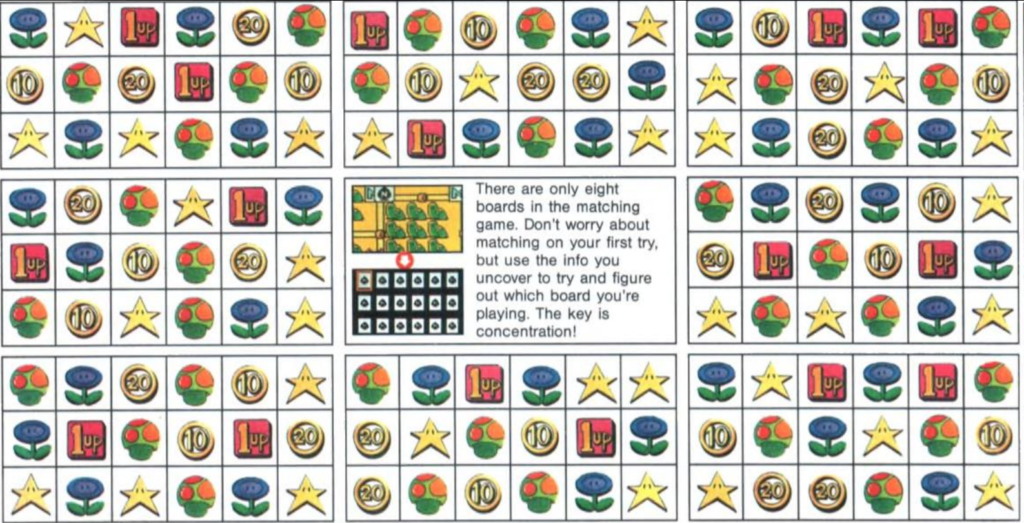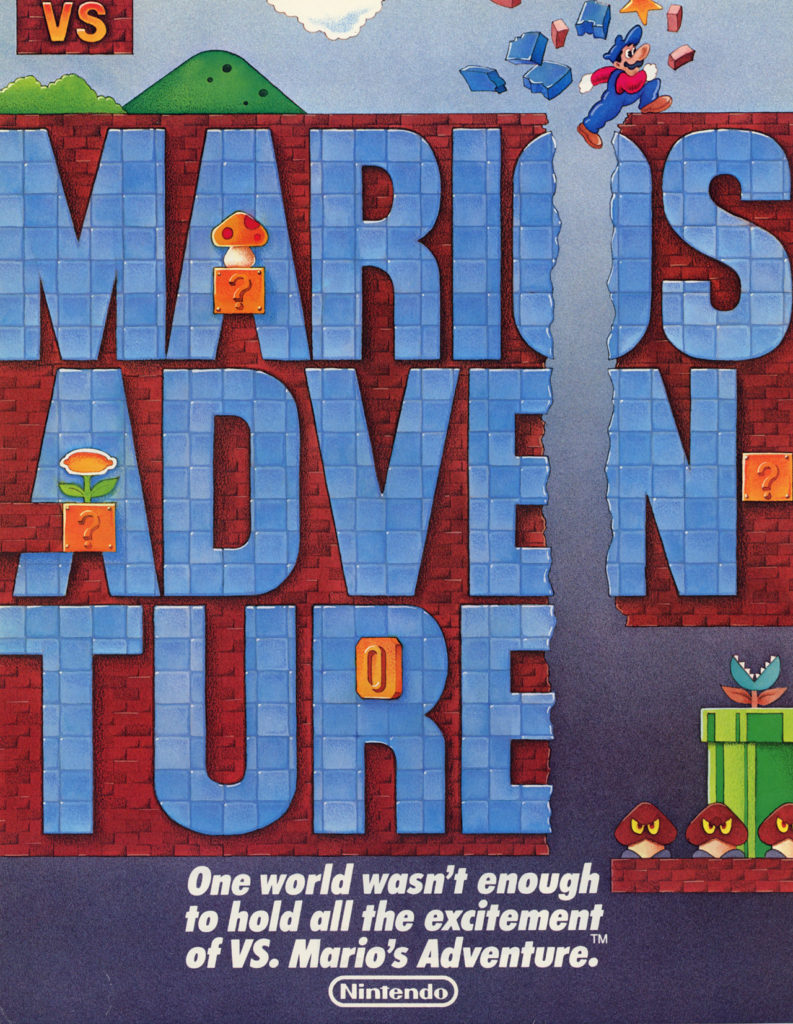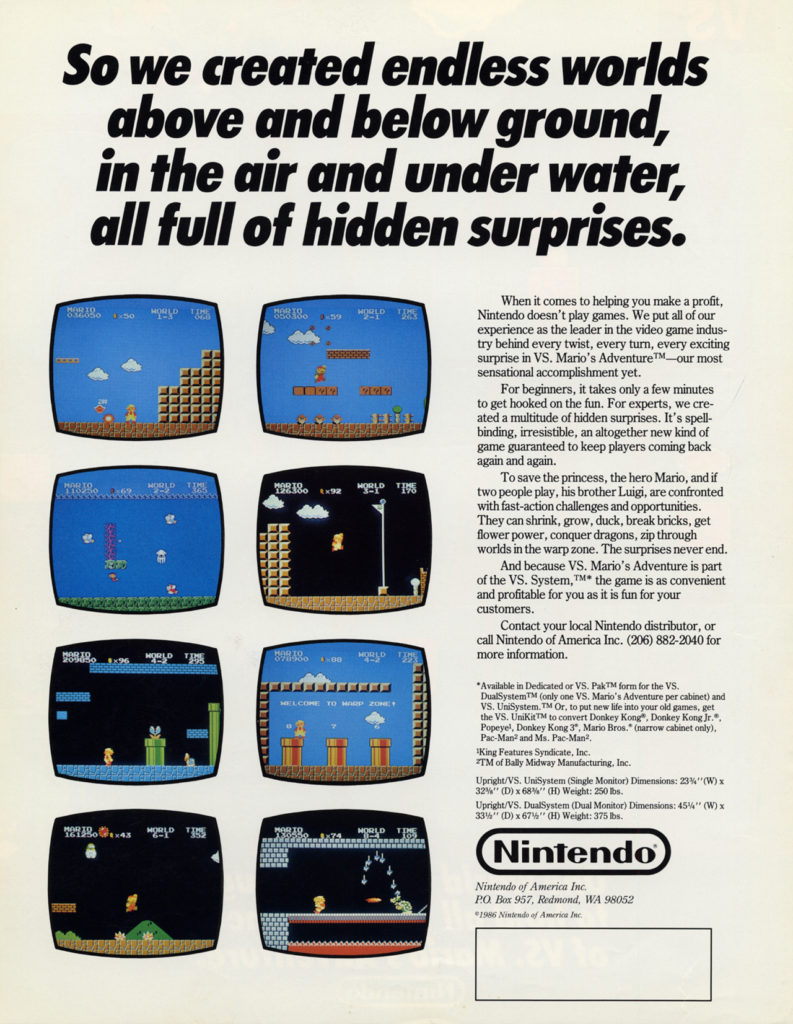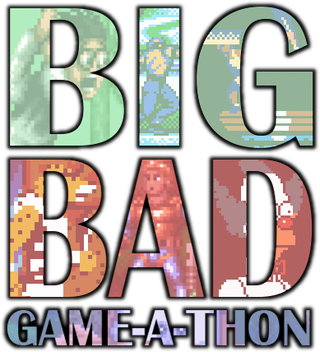As we’re reminded by abadidea on Mastodon, that day is today, October 13, 2023.
Nethack uses the system time-of-day clock to affect the game in modest ways. It figures out the phase of the moon, and if it’s a full moon the player’s “base luck,” the number at which it starts and tends to trend towards, is +1. Luck affects the game in many minor ways, most notably affecting the to-hit chances of striking monsters. Full moons also affect werecreatures and the chances to tame dogs, but those effects are highly situational.
Playing on a new moon has one effect, but it’s a big one. If you’re fighting a cockatrice and you hear its hissing, and are not carrying a lizard corpse, then you always begin turning to stone, instead of there only being a one-in-ten chance. This is what is called a “delayed instadeath”: you don’t die immediately, but if you don’t take immediate action it’ll happen in the next few turns. That’s the next few turns from the game’s perspective: various events may conspire to prevent you from getting that action at all. (The Nethack Wiki’s page on petrification is instructive.)
If you do get the turn, one of the things you can do is eat a lizard corpse, or that of another acidic monster. (Eating dead monsters raw is something you just end up doing often in Nethack.) If those aren’t at hand, what usually works is prayer, provided that you haven’t prayed too recently, your patron god is not angry with you and you’re not in Gehennom. Ordinarily, if you haven’t been playing badly, your god isn’t mad at you. If you’re in Gehennom you’re in the late game anyway, and probably have had ample opportunity to obtain one of the several ways of halting impending calcification.
Prayer is nearly a universal panacea, if it’s available. But there is one other thing that can block prayer: if your luck is negative. Even if it’s by just one point, prayer will never work.
That’s where the only other date effect in Nethack comes into play: on Friday the 13th, your luck defaults to -1, the opposite of the full moon effect. So, unless you’ve increased your luck by one of a number of means, prayer will never work on Friday the 13th. And today is both a new moon night and Friday the 13th. Other uses for prayer won’t work either: if you’re weak from hunger? Too bad. Low on hit points? Sorry. Punished with a ball and chain? Not going to work. Wearing cursed levitation boots? LOL.
Days that both have a new moon and are a Friday the 13th are rare. The last one was in July of 2018, before that November of 2015, and the one before that was in 1999. So, um, if you’ve been thinking about trying out this weird old roguelike game you’ve heard about, you might want to wait a bit. Until tomorrow, anyway.







